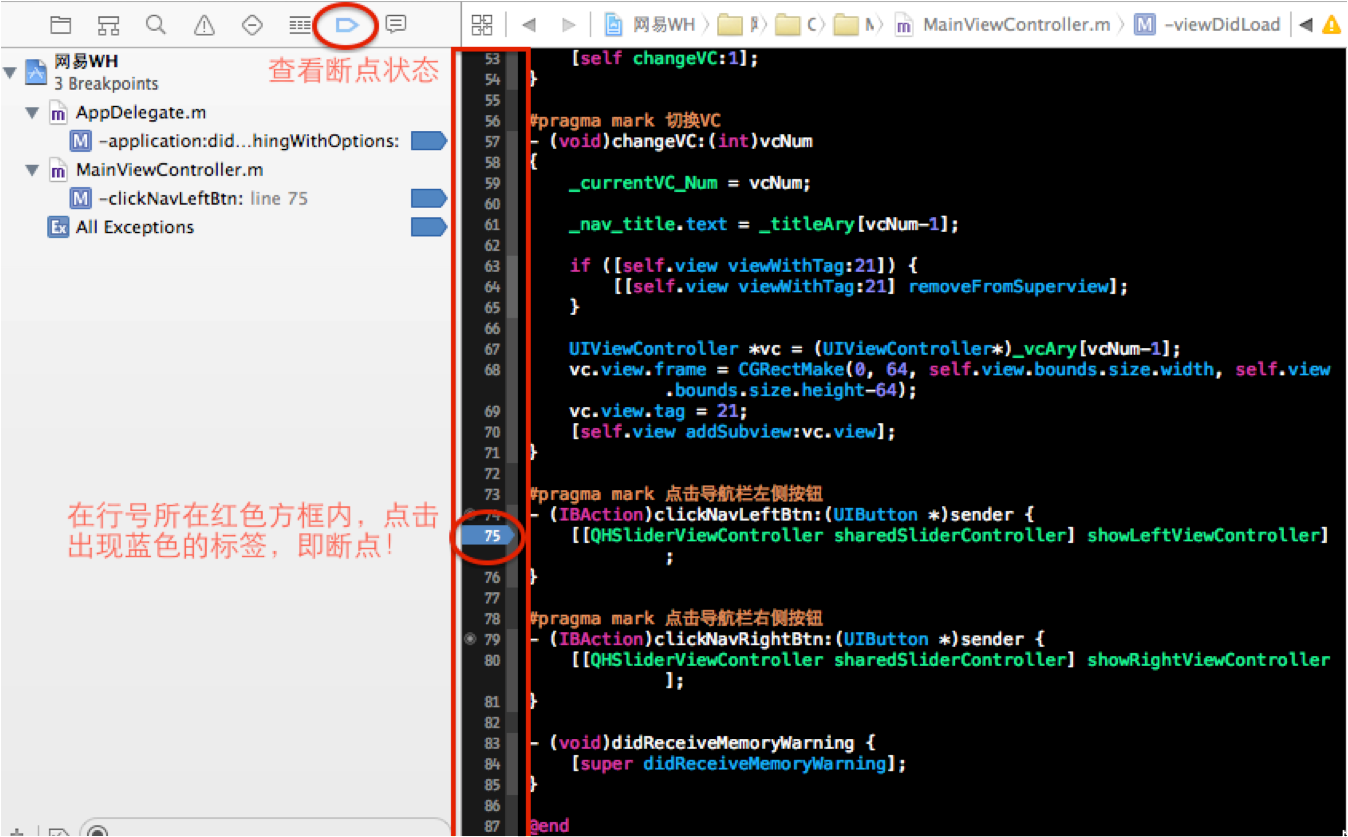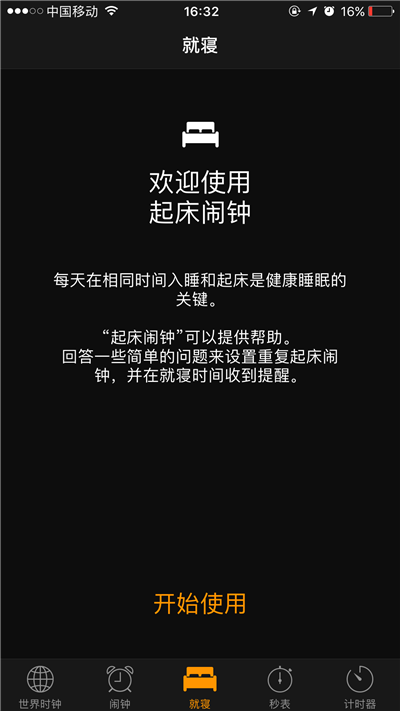ios 文件操作
1、常見的NSFileManager文件方法
-(NSData *)contentsAtPath:path //從一個文件讀取數據
-(BOOL)createFileAtPath: path contents:(NSData *)data attributes:attr //向一個文件寫入數據
-(BOOL)removeItemAtPath:path error:err //刪除一個文件
-(BOOL)moveItemAtPath:from toPath:to error:err //重命名或者移動一個文件(to不能是已存在的)
-(BOOL)copyItemAtPath:from toPath:to error:err //復制文件(to不能是已存在的)
-(BOOL)contentsEqualAtPath:path andPath:path2 //比較兩個文件的內容
-(BOOL)fileExistAtPath:path //測試文件是否存在
-(BOOL)isReadableFileAtPath:path //測試文件是否存在,並且是否能執行讀操作
-(BOOL)isWriteableFileAtPath:path //測試文件是否存在,並且是否能執行寫操作
-(NSDictionary *)attributesOfItemAtPath:path error:err //獲取文件的屬性
-(BOOL)setAttributesOfItemAtPath:attr error:err //更改文件的屬性
2.使用目錄
-(NSString *)currentDirectoryPath //獲取當前目錄
-(BOOL)changeCurrentDirectoryPath:path //更改當前目錄
-(BOOL)copyItemAtPath:from toPath:to error:err //復制目錄結構(to不能是已存在的)
-(BOOL)createDirectoryAtPath:path withIntermediateDirectories:(BOOL)flag attribute:attr //創建一個新目錄
-(BOOL)fileExistAtPath:path isDirectory:(BOOL*)flag //測試文件是不是目錄(flag中儲存結果YES/NO)
-(NSArray *)contentsOfDirectoryAtPath:path error:err //列出目錄內容
-(NSDirectoryEnumerator *)enumeratorAtPath:path //枚舉目錄的內容
-(BOOL)removeItemAtPath:path error:err //刪除空目錄
-(BOOL)moveItemAtPath:from toPath:to error:err //重命名或移動一個目錄(to不能是已存在的)
3、常用路徑工具方法
+(NSString *)pathWithComponens:components //根據components中的元素構造有效路徑
-(NSArray *)pathComponents //析構路徑,獲得組成此路徑的各個部分
-(NSString *)lastPathComponent //提取路徑的最後一個組成部分
-(NSString *)pathExtension //從路徑的最後一個組成部分中提取其擴展名
-(NSString *)stringByAppendingPathComponent:path //將path添加到現有路徑的末尾
-(NSString *)stringByAppendingPathExtension:ext //將指定的擴展名添加到路徑的最後一個組成部分
-(NSString *)stringByDeletingLastPathComponent //刪除路徑的最後一個組成部分
-(NSString *)stringByDeletingPathExtension //從文件的最後一部分刪除擴展名
-(NSString *)stringByExpandingTileInPath //將路徑中代字符擴展成用戶主目錄(~)或指定用戶的主目錄(~user)
-(NSString *)stringByresolvingSymlinksInPath //嘗試解析路徑中的符號鏈接
-(NSString *)stringByStandardizingPath //通過嘗試解析~、..(父目錄符號)、.(當前目錄符號)和符號鏈接來標准化路徑
4、常用的路徑工具函數
NSString* NSUserName(void) //返回當前用戶的登錄名
NSString* NSFullUserName(void) //返回當前用戶的完整用戶名
NSString* NSHomeDirectory(void) //返回當前用戶主目錄的路徑
NSString* NSHomeDirectoryForUser(NSString* user) //返回用戶user的主目錄
NSString* NSTemporaryDirectory(void) //返回可用於創建臨時文件的路徑目錄
5、常用的IOS目錄
Documents(NSDocumentDirectory) //用於寫入應用相關數據文件的目錄,在ios中寫入這裡的文件能夠與iTunes共享並訪問,存儲在這裡的文件會自動備份到雲端
Library/Caches(NSCachesDirectory) //用於寫入應用支持文件的目錄,保存應用程序再次啟動需要的信息。iTunes不會對這個目錄的內容進行備份
tmp(use NSTemporaryDirectory()) //這個目錄用於存放臨時文件,只程序終止時需要移除這些文件,當應用程序不再需要這些臨時文件時,應該將其從這個目錄中刪除
Library/Preferences //這個目錄包含應用程序的偏好設置文件,使用 NSUserDefault類進行偏好設置文件的創建、讀取和修改
例如刪除tmp目錄下的所有文件
NSString *imageDir = [NSString stringWithFormat:@"%@", NSTemporaryDirectory()];
NSFileManager *fileManager = [NSFileManager defaultManager];
NSArray* array = [fileManager contentsOfDirectoryAtPath:imageDir error:nil];
NSLog(@"%@",[fileManager contentsOfDirectoryAtPath:imageDir error:nil]);
for (int j=0; j<[array count]; j++) {
[fileManager removeItemAtPath:[NSString stringWithFormat:@"%@%@",imageDir,[array objectAtIndex:j]] error:nil];
}




